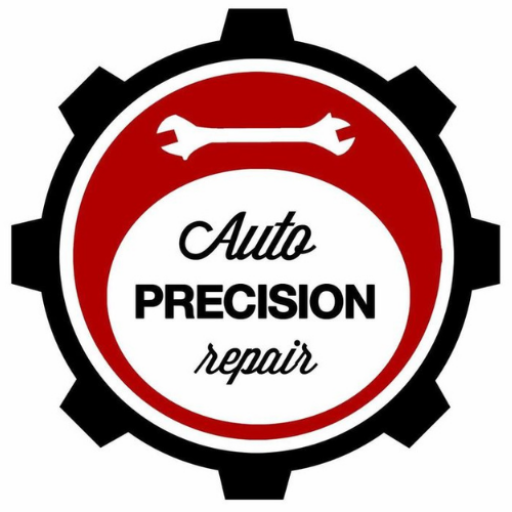Timing Belt 101: Why It’s Crucial and When to Replace It

Brake Basics: Understanding Your Car’s Most Crucial Safety System
January 8, 2024
The Ultimate Guide to DIY Engine Maintenance: Tips and Tricks for Car Enthusiasts
January 9, 2024The timing belt, an integral component of your vehicle, requires careful attention and timely maintenance.
This guide, ‘Timing Belt 101: Why It’s Crucial and When to Replace It’, offers an in-depth understanding of its crucial role in synchronizing your engine’s functions and outlining key indicators for its replacement.
As part of our auto repair community, we strive to provide you with precise, detailed, and professional information to ensure you feel well-informed and empowered to make the right decisions for your vehicle’s health.
Knowledge is power, and in this case, it could be the difference between a smooth journey and an unexpected breakdown.
Understanding the Timing Belt’s Function
The timing belt, a crucial component of an internal combustion engine, orchestrates the precise interaction of the engine’s valves and pistons. This synchronicity ensures the smooth operation of the engine, facilitating the correct order of intake and exhaust events.
The belt, fashioned out of high-strength material, operates under extreme conditions of heat and stress. Its failure can lead to catastrophic engine damage, emphasizing the vital role it plays.
Knowledge of the timing belt’s function not only enhances our understanding of engine mechanics but also underscores the importance of regular maintenance. The timing belt is a silent hero in our vehicles, a part that deserves our attention and care to ensure the longevity and efficiency of our engines.
Spotting the Right Time for Replacement
Understanding when to replace the timing belt requires vigilance and an appreciation of the subtle signs that indicate wear and tear.
A deteriorating timing belt may cause a ticking noise originating from the engine. The auto repair may also experience difficulty starting or suffer from poor engine performance, including unexplained misfires.
While these symptoms can be attributed to various issues, they often signal a timing belt on the brink of failure.
Most manufacturers recommend replacing the timing belt every 60,000 to 100,000 miles. However, environmental factors such as temperature fluctuation and humidity can accelerate wear.
Regular inspections by a qualified mechanic are therefore essential to diagnose potential problems and prevent costly repairs or breakdowns.
Next Article





